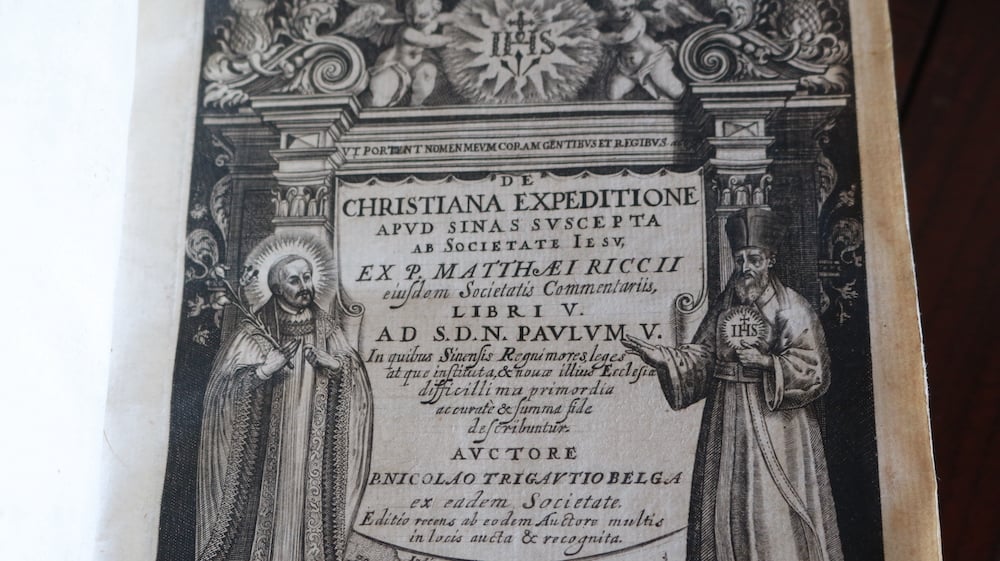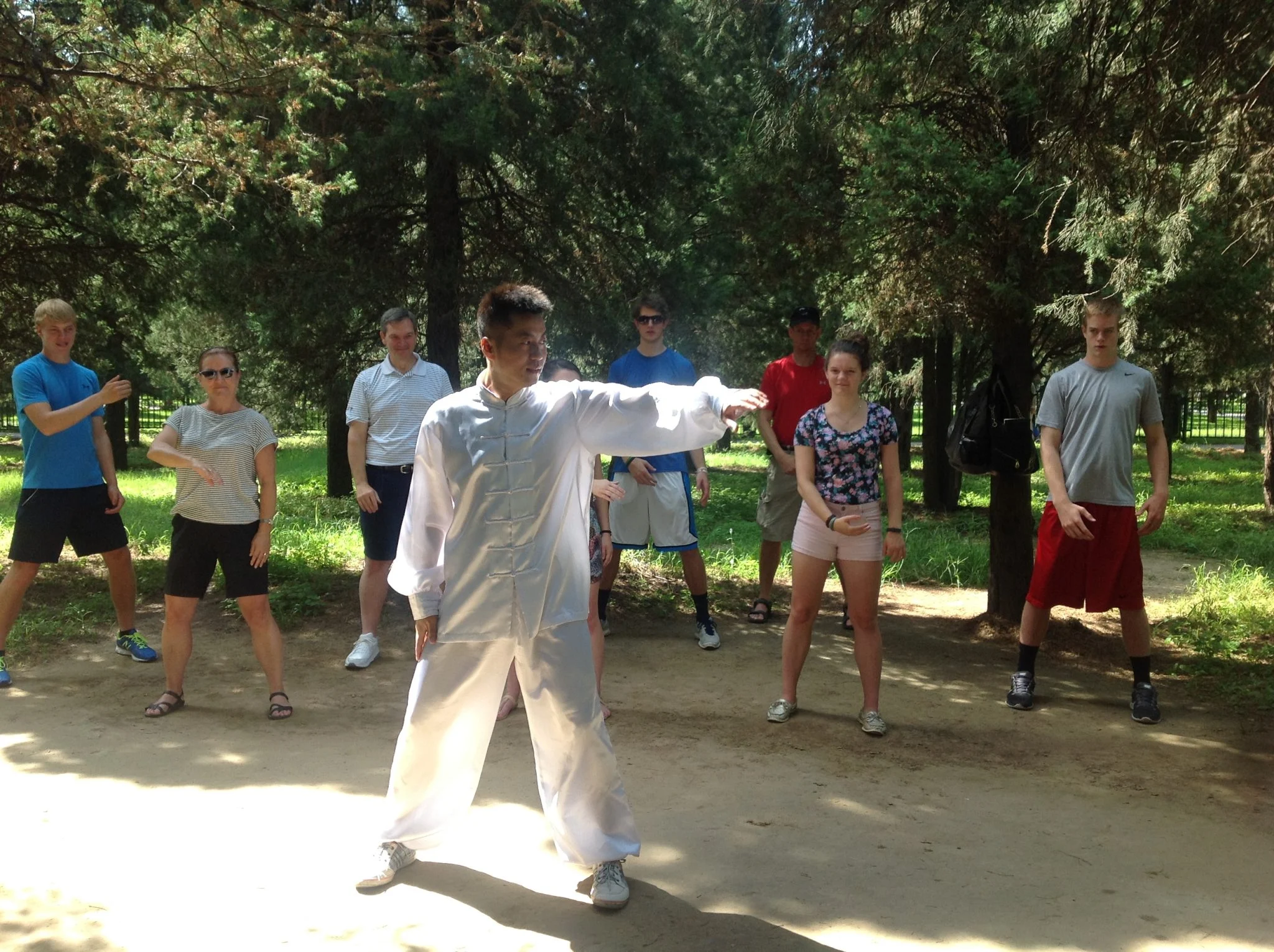
EXPLORING RICCI’S LEGACY WITH MAY VISITORS
Matteo Ricci died on May 10, 1610, so it’s fitting that two groups of visitors to TBC in May were focused on learning more about him. On May 12, students from the Colegio Mateus Ricci in Macau came to visit, and on May 17 graduate students from Peking University got up close and personal with our rare books and treasures. TBC Interns and current UIBE students Laury Castro and Noel Atukunda reflect on the visits.









